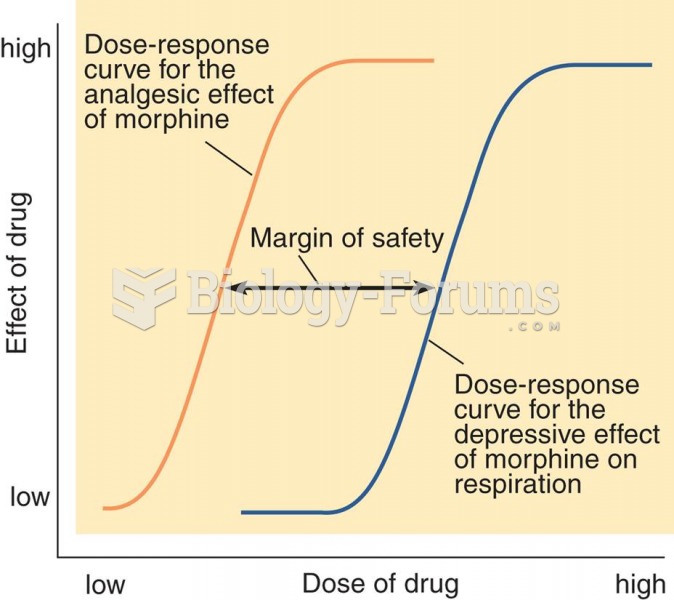Answer to Question 1
The term intake refers to the screening of cases by the juvenile court system. The child and the child's family are screened by intake officers to determine whether the services of the juvenile court are needed. The intake process reduces demands on court resources, screens out cases that are not in the court's jurisdiction, and enables assistance to be obtained from community agencies without court intervention.
The Decision to Detain
Most children taken into custody by the police are released to their parents or guardians. Some are held overnight until their parents can be notified. Police officers normally take a child to a place of detention only after other alternatives have been exhausted. Many juvenile courts in urban areas have staff members, such as intake probation officers, on duty 24 hours a day to screen detention admissions. Ordinarily, delinquent children are detained if the police believe they are inclined to run away while awaiting trial, or if they are likely to commit an offense dangerous to the parent. There is evidence that some decision makers are more likely to detain minority youth, especially if they dwell in dangerous lower-class areas. The use of screening instruments to determine the need for detention has proven useful.
New Approaches to Detention
Efforts have been ongoing to improve the process and conditions of detention. Experts maintain that detention facilities should provide youths with education, visitation, private communications, counseling, continuous supervision, medical and health care, nutrition, recreation, and reading. Detention should also include, or provide, a system for clinical observation and diagnosis that complements the wide range of helpful services. The consensus today is that juvenile detention centers should be reserved for youths who present a clear threat to the community.
Preventive Detention
Preventive detention allows for keeping the accused in custody prior to trial, because the accused is suspected of being a danger to the community. Due to Schall v. Martin, most states allow dangerous youths to be held indefinitely before trial. Because preventive detention may attach a stigma of guilt to a child presumed innocent, the practice remains a highly controversial one, and the efficacy of such laws remains unknown.
Answer to Question 2
T







